AI‑Driven Code, Cybersecurity & How to Avoid 15 to 30% Commission (Top News in July)
The pace of change in app development didn’t slow down this July—and neither should your roadmap. From AI models now generating production-ready code to ransomware threats targeting critical infrastructure, it’s clear that the lines between innovation and risk are blurring fast.
In this month’s roundup, we highlight three developments shaping how you’ll build, ship, and secure apps in the second half of 2025:
A new era of AI-assisted “vibe coding” is gaining significant traction in the enterprise.
Cybersecurity threats are evolving faster than patch cycles—SharePoint users, beware.
Google I/O Connect India introduced powerful upgrades to Firebase and Gemini tooling.
Plus, in a timely bonus, we cover Apple’s quiet but impactful App Store policy change that will give U.S. businesses more control over payment flows.
Let’s dive in.
1. Vibe Coding – AI‑Driven Code Generation Hitting Enterprise
What happened: “Vibe coding” — AI tools like GPT/Claude generating working code from plain-English prompts — has moved from hobbyist to enterprise adoption, reporting productivity boosts. Gartner predicts 40% of new business apps will use AI‑assisted methods within three years.
Why it matters: Developers’ roles are shifting toward consultancy, validation, and QA of AI-generated code. App teams need new processes to govern shadow IT risks and ensure security.
Pro tip: Pilot low-risk modules with vibe coding (e.g., UI scaffolds or simple features), maintain strict code reviews, and upskill your team on AI governance, prompt engineering, and validation workflows.
2. Cybersecurity Risk: Ransomware Targeting Microsoft SharePoint
What happened: The Warlock ransomware group exploited unpatched SharePoint servers, hitting over 400 systems, including government agencies. AI-driven threat hunters like Nebulock are emerging.
Why it matters: If your mobile or backend apps rely on SharePoint or Microsoft infrastructure, an elevated security risk requires immediate response. AI-powered negotiation bots are also changing breach dynamics.
Pro tip: Audit your SharePoint dependencies, ensure patches are applied, test backups, and incident response plans. Consider integrating AI‑driven threat‑hunting tools into your security stack. If security isn’t part of your roadmap, your roadmap is already outdated.
3. Google I/O Connect India: Gemini AI and Firebase Studio enhancements
What happened: Google localized the Gemini 2.5 Flash model for Indian developers to ensure low-latency, compliant data processing in regulated sectors. Also launched AI‑optimized templates and collaboration tools in Firebase Studio, deep Gemini integration for app developers.
Why it matters: Accelerates AI‑powered app development workflows and enables compliance-first deployments in regulated markets. Enhances developer productivity through pre-built templates and smoother backend integration.
Pro tip: Integrate Firebase Studio’s AI templates into your app prototypes, align backend architecture with Gemini-enabled workflows, and explore agentic AI use-cases for internal tools or new product features.
Bonus: Apple Loosens App Store Rules for US
What Happened: Apple officially updated its App Store guidelines in the U.S. to allow developers of apps not offering in-app purchases to redirect users to their websites for payments. This change comes as part of a broader response to antitrust scrutiny and ongoing lawsuits, including pressure from the Epic Games ruling. Apple is now allowing a single external link in the app that can point users to a page for account management or subscription purchases.
Why It Matters: While seemingly small, this policy shift gives developers and businesses in general more freedom to manage customer relationships and avoid Apple’s 15–30% commission—at least in specific cases. It’s also a signal of broader change as regulatory frameworks like the EU’s Digital Markets Act continue to influence Apple’s platform economics. For U.S.-based apps, it opens up new monetization strategies and pricing control.
Pro Tip: If your app doesn’t use Apple’s IAP and qualifies under this rule, consider integrating a clean external billing experience, but make sure it’s optimized for mobile and compliant with Apple’s linking design requirements. Also, clearly communicate the transition to users to minimize drop-off or confusion during checkout.
Conclusion
From AI writing your next feature to ransomware threatening your backend, July’s tech headlines underline one thing: software leaders can’t afford to sit still.
Whether you’re accelerating development with Gemini and Firebase, rethinking your app’s monetization strategy post-Apple policy shift, or fortifying your infrastructure, such as your login capabilities, every decision you make now sets the pace for Q3 and beyond.
The opportunity? Faster, smarter, more flexible product development.
The risk? Falling behind teams who are already moving.
Choose wisely. Let’s stay ahead together.

